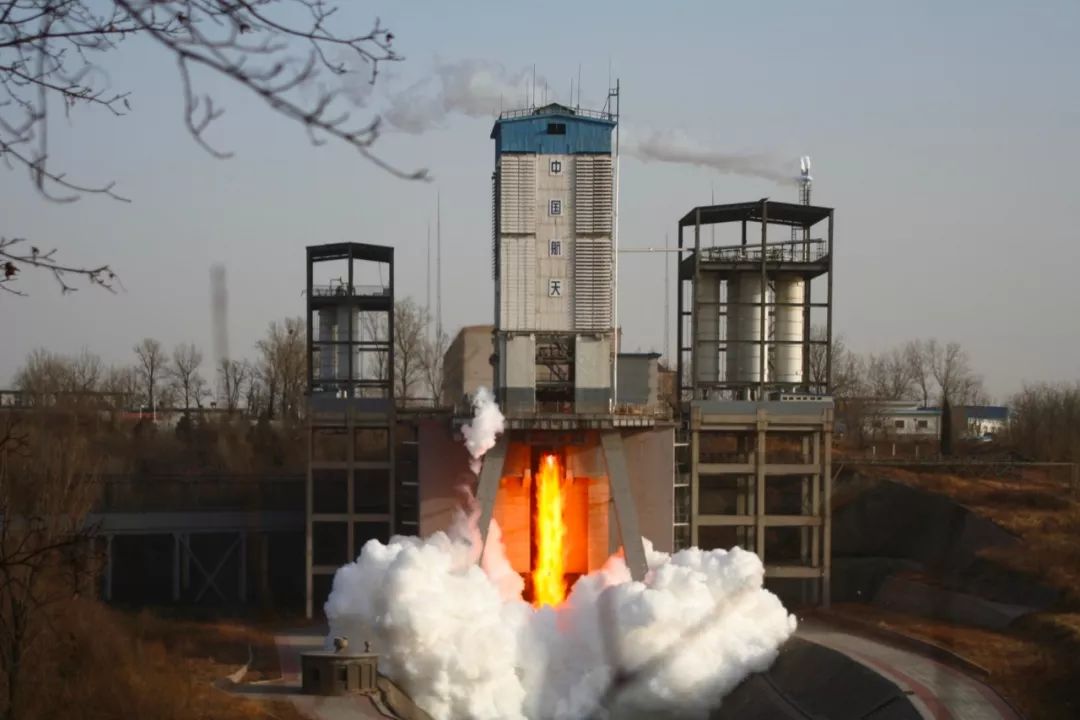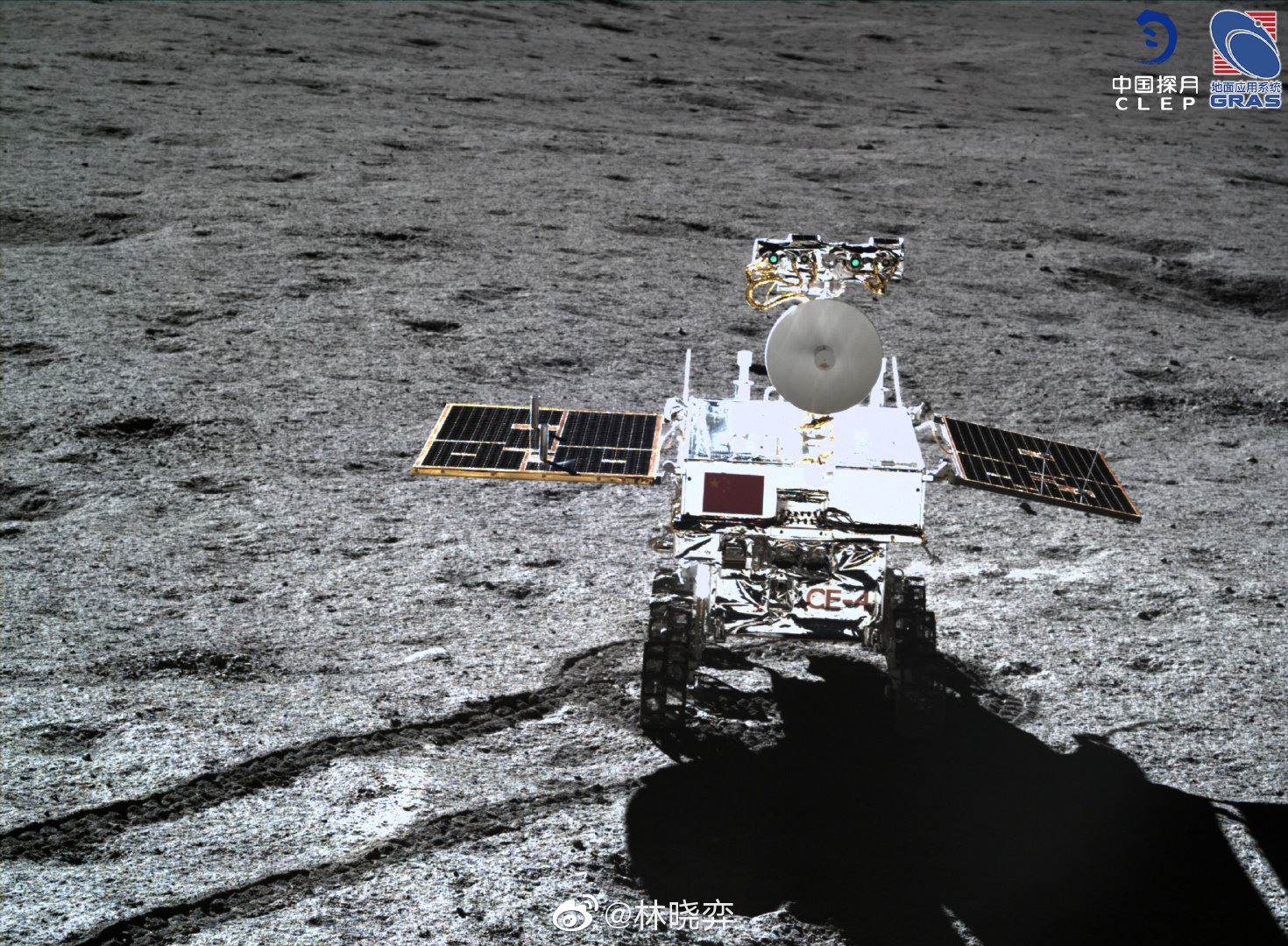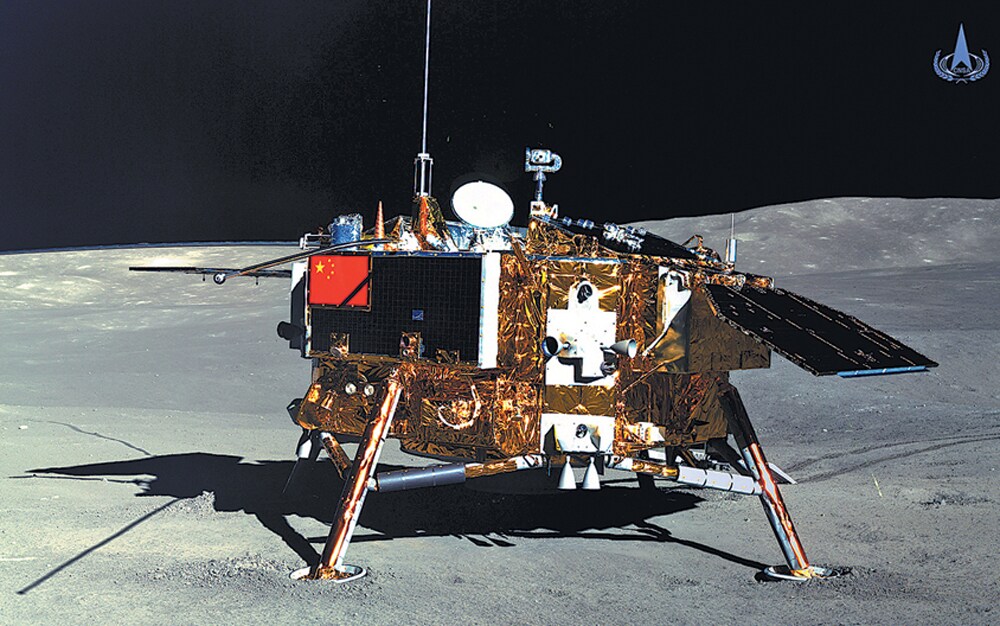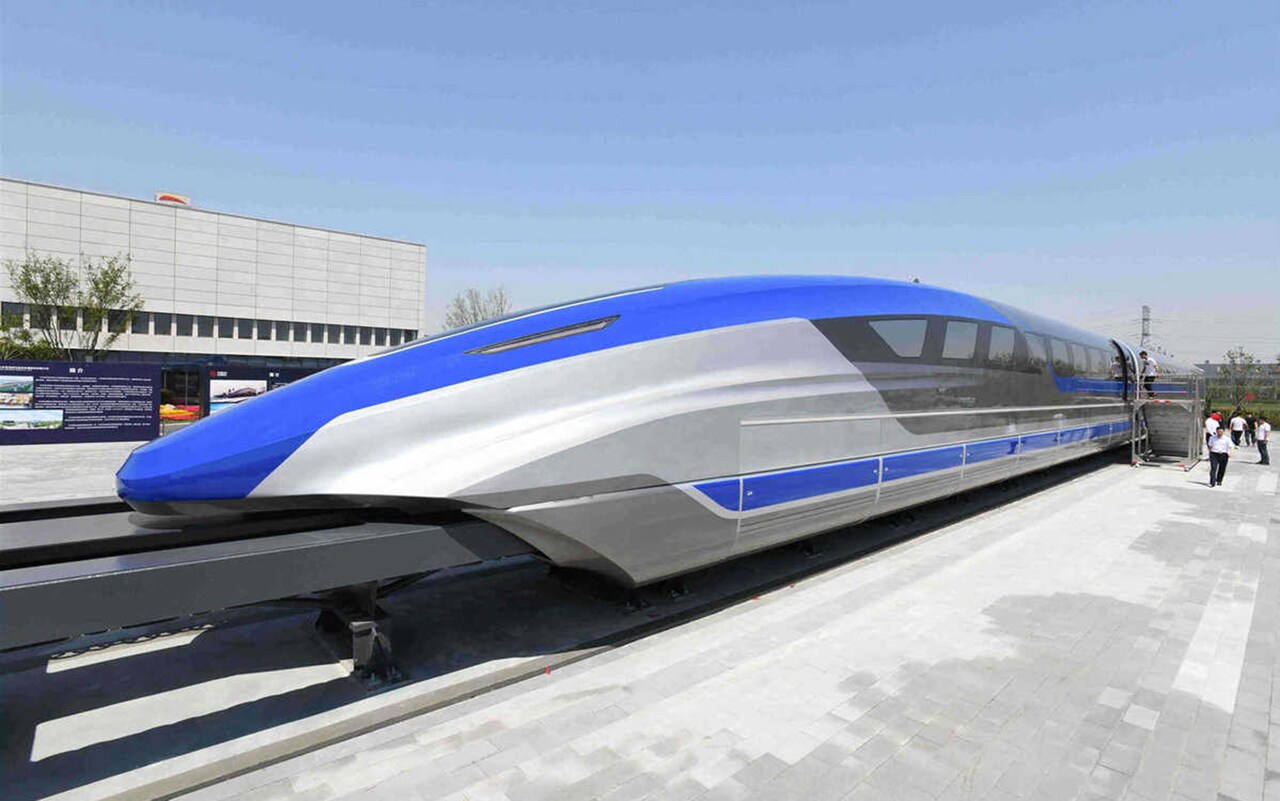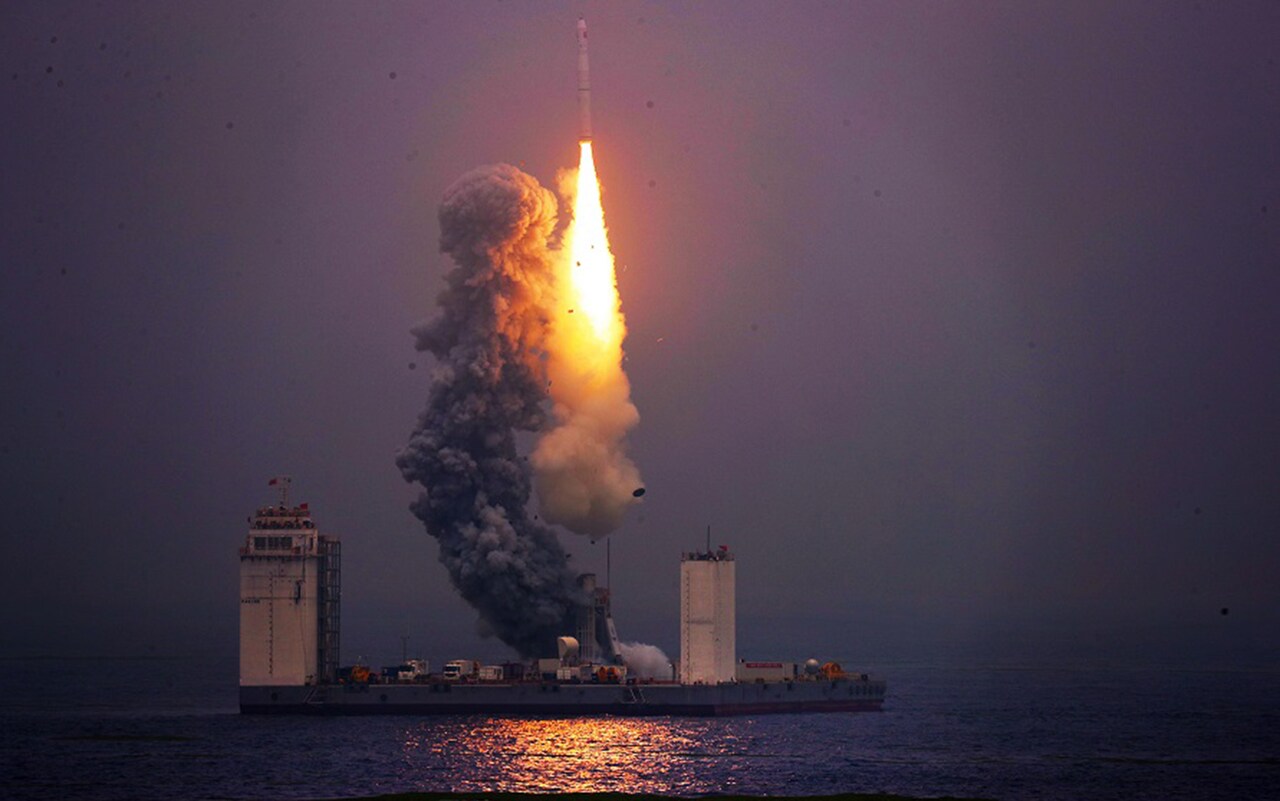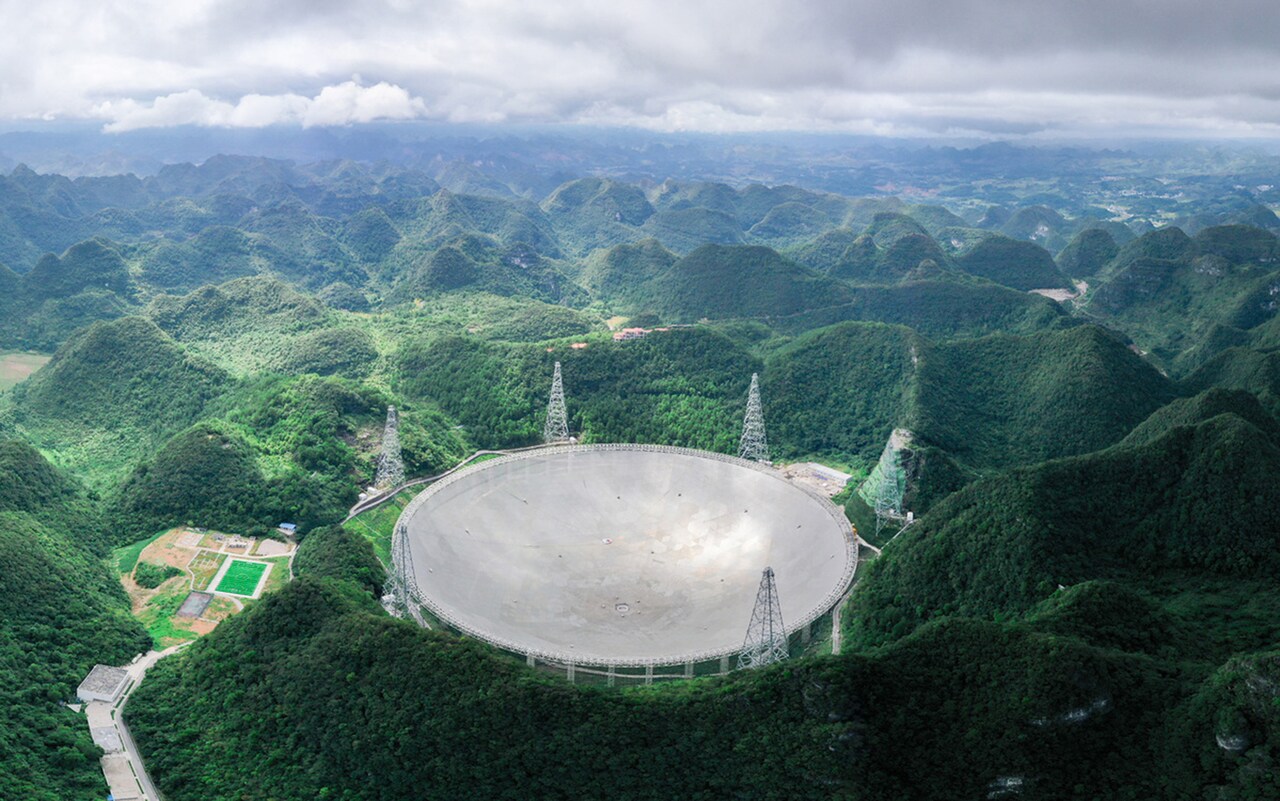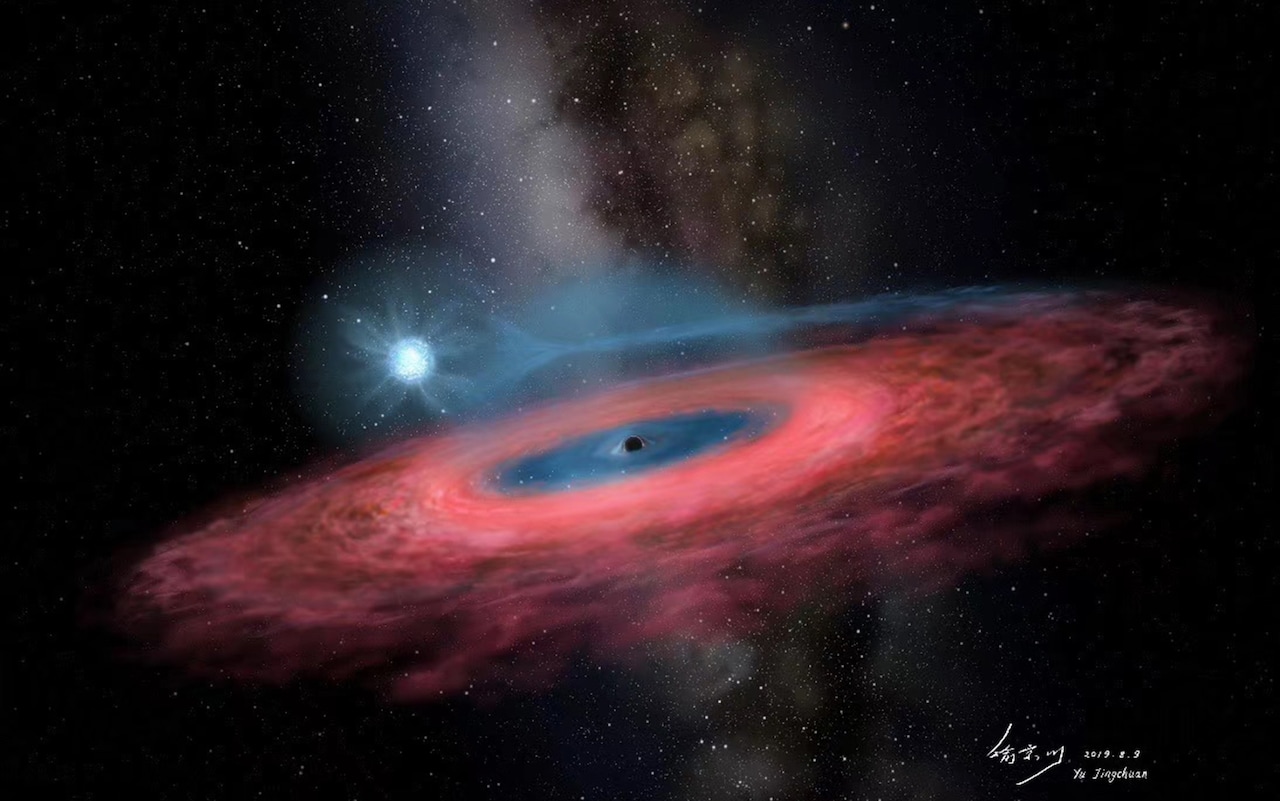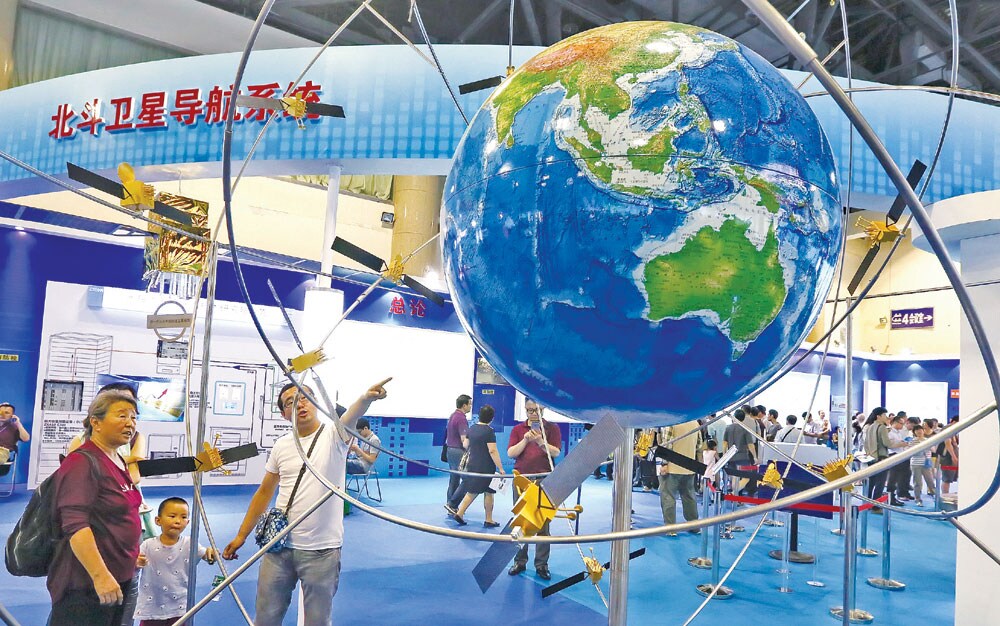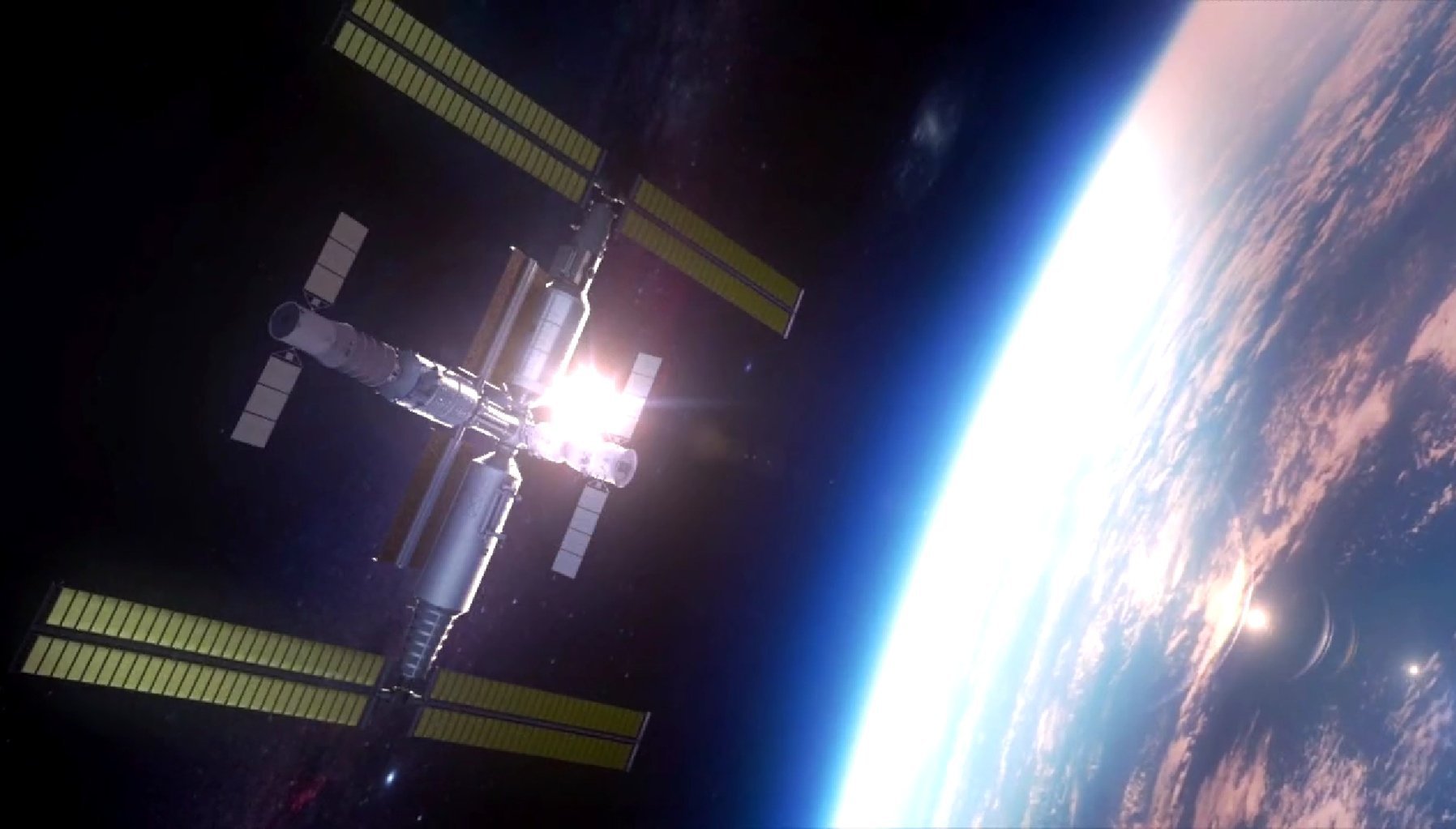Xuelong 2 starts maiden Antarctic mission
China’s first domestically built research icebreaker
Xuelong 2embarked on its maiden voyage to the Antarctic from Shenzhen in Guangdong province on 15 October.
The voyage is a major part of China’s 36th Antarctic expedition, which involves 413 scientists, researchers and support staff.
Xuelong 2’s predecessor
Xuelong also joined the expedition, the first time that two polar icebreakers have worked together on a Chinese Antarctic expedition.
China’s first domestically made polar icebreaker Xuelong 2 is pictured sailing in the Southern Ocean on 19 November 2019 CREDIT: XINHUA
Xuelong 2 will return to China in late March while
Xuelong will come back in mid-April.
China enters commercial 5G era
China officially kicked off
commercialisation of 5G services on 31 October, with the nation’s big three telecom operators rolling out their 5G data plans.
Consumers experience 5G-powered virtual reality video services at a China Telecom outlet in BeijingCREDIT: XINHUA
The move means consumers can now pay to access superfast 5G speeds as more than 86,000 5G base stations have already entered service in China, covering 50 cities nationwide.
China is set to become the world’s largest 5G market by 2025, with 460 million 5G users, according to a forecast by the Global System for Mobile Communications Association, a global telecom association.
China-led team discovers biggest stellar black hole
An international team of scientists led by China
has discovered a king-size stellar-mass black hole in Earth’s “cosmic backyard” containing the mass of 70 suns. It is the biggest known of its kind and about three times bigger than what scientists previously thought was possible, researchers said on 28 November.
The black hole, named LB-1, was found slowly devouring gas from a nearby star more than 13,800 light years from Earth, relatively nearby, considering the estimated 105,700 light-year diameter of Earth’s galaxy.
An artistic rendering of the LB-1 black hole CREDIT: PROVIDED TO CHINADAILY.COM
LB-1 was first spotted by Chinese scientists in 2016 using spectrum data collected by the Large Sky Area Multi-Object Fibre Spectroscopic Telescope. An international team of 55 scientists from 28 research institutions in seven nations, including China, the United States and Spain, have worked together in the past three years to confirm the discovery.
Core of Beidou navigation satellite network in place
With the last two medium Earth orbit satellites of the
Beidou’s third-generation system launched on 16 December, China has finished the deployment of the core constellation of its Beidou Navigation Satellite System.
A model of Beidou Navigation Satellite System is on display at the 20th China Beijing International Hi-Tech Expo on June 9, 2017 CREDIT: PROVIDED TO CHINA DAILY
Currently, there are 46 Beidou satellites in service in space. The China Satellite Navigation Office intends to position two more Beidou satellites in geostationary orbit in the first half of 2020 to finish the deployment of all of Beidou’s space-based assets.
Beidou is China’s biggest space-based system and is one of four space-based navigation networks, along with the United States’ GPS, Russia’s Glonass and the European Union’s Galileo.
https://www.telegraph.co.uk/china-watch/technology/china-science-and-technology-achievements-2019/

